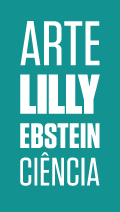A seção de Ornitopatologia
COMO CRIAR GALINHAS
-
 Lilly Ebstein | Clique para ver +
Lilly Ebstein | Clique para ver + -
 Instituto Biológico | Clique para ver +
Instituto Biológico | Clique para ver + -
 José Reis | Clique para ver +
José Reis | Clique para ver + -
 Ornitopatologia | Clique para ver +
Ornitopatologia | Clique para ver +
Os estudos da Seção de Ornitopatologia a partir de 1931, muitos deles ilustrados por Lilly, contribuiram para o desenvolvimento da avicultura no Estado de São Paulo.
Intensive poultry farming was a challenge that had not been solved in the State of São Paulo in 1930. The birds died easily due to countless diseases and breeders did not know how to prevent nor cure them. The studies carried out in the Avian Pathology Department as of 1931, many of which illustrated by Lilly, aimed at producing vaccines for diseases such as rabies, avian typhoid, spirochetosis, yaws and sera to fight diseases such as pasteurellosis and cholera. The Department’s work contributed to the economic growth of poultry farming, which had been a marginal activity until then, and helped it take on an industrial scale. A significant fact is the increase in the number of birds from 11.5 million in 1931-33 to 37 million in 1960-61, when the State of São Paulo became the largest poultry producer in the country.
“The Institute was renowned worldwide as a pioneer in this field of study. No other research institute of animal pathology had ever studied so much about bird diseases and never had such a volume of information about poultry farming been systematized, as was done by the small group of three researchers made up of José Reis, Paulo Nóbrega and Anita Swensson”, wrote historian Maria Alice Rosa Ribeiro.
Lilly Ebstein Lowenstein (1897-1966) viveu entre a ciência e a arte, desenhando e realizando fotografias nos campos da medicina e da zoologia. Em seu trabalho, Lilly conjugava o conhecimento técnico da fotografia e do desenho, o estudo das ciências e um notável talento estético. Nascida na Alemanha, ela estudou na Escola Lette-Verein em Berlim entre 1911 e 1914. Em 1925 imigrou com o marido e dois filhos para São Paulo. Em 1926, tornou-se desenhista e fotomicrógrafa da Seção de Desenho e Fotografia na Faculdade de Medicina (USP, a partir de 1934), da qual seria chefe por trinta anos a partir 1932. Entre 1930 e 1935 Lilly foi colaboradora do Instituto Biológico de Defesa Agrícola e Animal, principalmente da sua Seção de Ornitopatologia. Uma vida com arte dedicada à pesquisa e difusão da ciência.


